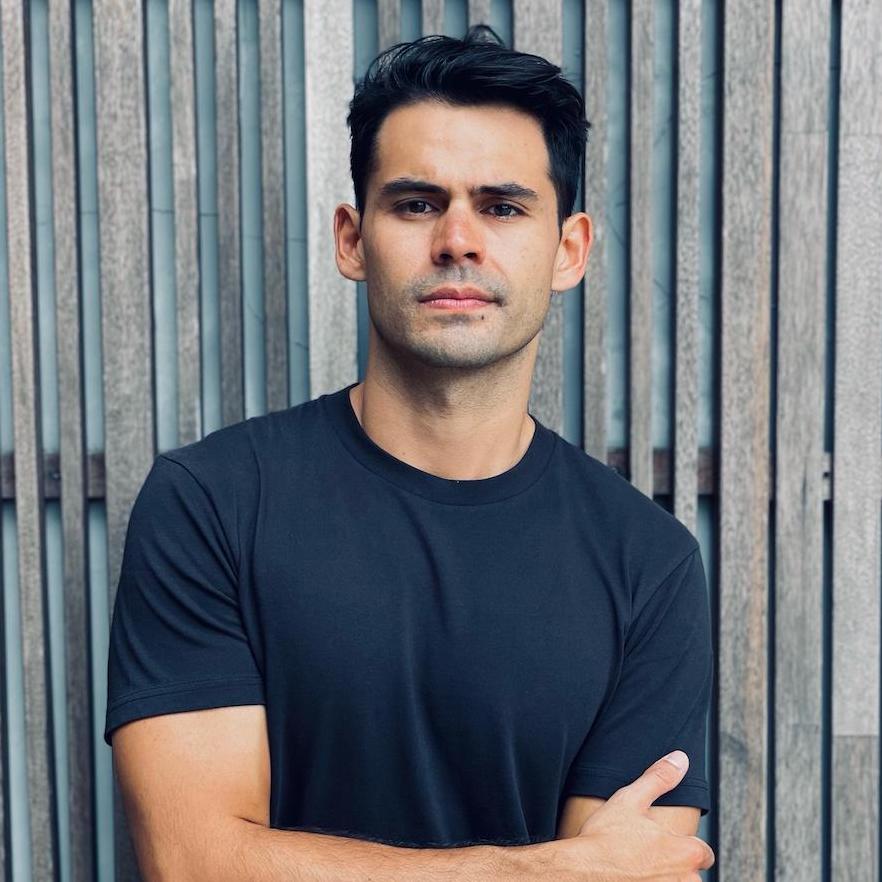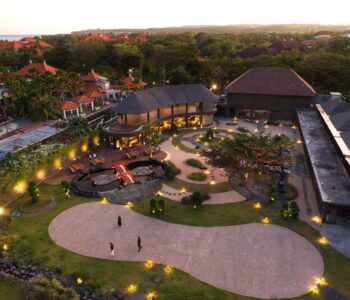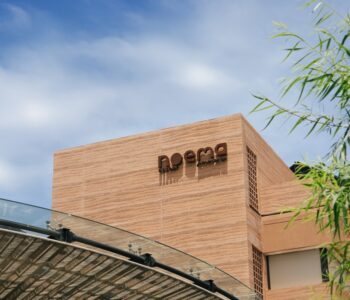
Science, culture and conservation come together in the depths of Taro Village, where a mission to reignite the light of the fireflies is underway.
“When I was young, my parents worked late into the night and so I would have to make my way home in complete darkness. There was no electricity at that time, but there were fireflies everywhere, there were so many I could just collect them out of the air and put them into a jar –this would be my light to guide me home.”
This is the story Wayan Wardika shares upon arriving at Rumah Konservasi Kunang-Kunang (Firefly Conservation House), a research and conservation site set upon his family land in the depths of Taro Village, north of Ubud. It is here that guests are invited to join his unique cause for an evening, learning about the life of the fireflies but also immersing themselves in the surrounding farmlands and rural Balinese life.


Fireflies are bioindicators, organisms that help to signify the health of an ecosystem. When Wayan permanently returned to Taro village in 2018, having worked on and off cruises since 2006, he noticed a considerable decline in the firefly population around his home. This was, he soon learned, a result of the degrading environment. The river he used to swim in as a child was filled with litter, the subak irrigation channels clogged with plastic and the farmlands themselves concentrated with chemical pesticides and fertilisers. No wonder the glow of the lightning bugs was no longer visible –they were unable to repopulate and flourish!
“To imagine that my three children, and their children after, would grow up without experiencing the fireflies as I once did filled me with such sadness,” says Wayan, eyes glazing as he swallows down the grief of that reality. “This was my initial motivation to begin this journey of conserving the firefly population.”
A tour begins in the late afternoon with an insightful visit to the lab and breeding centre, a simple facility tucked beneath the orchard of towering jaka palms that Wayan’s father planted 30 years ago. This is where Wayan and his team of young biologists breed and nurture fireflies in their early stages of life, from eggs to larvae and then pupa cocoons.

Glass jars, terrariums and aquariums are scattered on shelves and on the floor, with the team inviting guests to inspect the critters up close, even through microscope, as they explain the life cycle of these vulnerable lightning bugs. The stage of life we all revere is the firefly as a mating adult, when they can fly and show off their beautiful bioluminescence. This luminous life only lasts up to 22 short days, whilst their developmental stage takes up to two years.
The tour continues into the surrounding farms, a wistful walk at dusk through rice fields, a farmer’s home and pen and the site’s own organic garden. The team introduces local vegetation and plants, and shares about the work they are doing to improve the overall environmental quality of the surrounding lands. Polluted waters, soil and air, and even climate change, have all had their effect on the dwindling firefly population.



Wayan has had to work hand-in-hand with the rice farmers to wean them off chemical fertilisers and pesticides, producing his own organic compost and natural fertilisers and providing them as a free substitute. “We need a 1.5 to 2km radius of unpolluted environment for the firefly population to grow naturally again,” explains Wayan, who has committed to supporting the farmers if their yields are lower as a result of the switch. But he educates them, and others, on the long-term health benefits for the whole community too.
Back at the site, as night creeps in, guests are invited into the paon, or Balinese kitchen, to cook a traditional meal with Wayan’s family. Mixing up local urap salad, filling bamboo shoots with chicken, chopping and preparing vegetables. It’s a warm and jovial family experience and a great way to learn about Balinese food and ingredients. Dinner is then served and enjoyed over stories and shared conversation.
By this time, daylight has all but gone, swallowed by the stillness of night. The area is shrouded in total darkness, a rarity in our modern world. “Light pollution has disrupted the mating of the fireflies,” explains Wayan. “The bioluminescence is how the adult fireflies communicate, it’s how they discern between species, gender and identify the best mate. Just like with humans, no communication means no relationship… which means no future generations!”


Guided through the dark by lanterns, guests journey back to the lab where the terrariums have now come to life. Glowing green dots flicker and pulse in the black like a wonderous little light show. As simple as it may be, a chemical reaction in the abdomen of these nocturnal bugs, it’s enough to fill adults with a child’s sense of wonder, so distant are we from nature’s most basic of spectacles. The team bring out the crawling glow worms too, for some added sensation.
Finally, everyone is brought to a viewing area that looks out to a patch of rice field, enclosed by palm trees and surrounding bush. This is where one waits to spot the fireflies in their natural habitat, catching little glows from the bushes, or the wandering males flitting across the sky in search of a mate. Though the population remains sparse, it’s an enchanting, serene moment.
One can only imagine how magical it was when Wayan was young, with luminous clouds of fireflies travelling through the forests. It’s no surprise he is so determined to bring them back.
“It’s not simply about bringing back the bugs,” says Wayan, “We have an opportunity to contribute to the natural sciences of Indonesia here.” There is very limited scientific literature on fireflies in Indonesia, let alone Bali, so he and his team hope their findings and data can be useful beyond their efforts at Taro Village.
But Taro is itself an important part of this firefly story, as Wayan explains: “Taro was founded by Rsi Markandaya, a famous Hindu priest from India who travelled to East Java. He meditated atop Mt.Raung and saw visions of a great light –this brought him to Bali, and to this area of Taro. He built a temple here, Pura Agung Gunung Raung, named after the mountain, which still stands today” By reviving the firefly population, Wayan is bringing this light back to Taro.

It’s a challenging mission, especially with the long, two-year lifecycle of the fireflies, so patience is mandatory. “I have an infinite game mindset,” says the self-made conservationist, who has no biology background. “Releasing these bioluminescent bugs, after the long and hard processes, is a beautiful moment. This is my life’s purpose now, making sure my children and future generations can experience the magic of the fireflies.”
Joining this unique experience at Rumah Konservasi Kunang-Kunang supports ongoing research and breeding efforts, helping to revive Taro’s firefly population. But for any visitor, it’s a wholesome and wonder-filled evening deep in the jungles of Taro.










